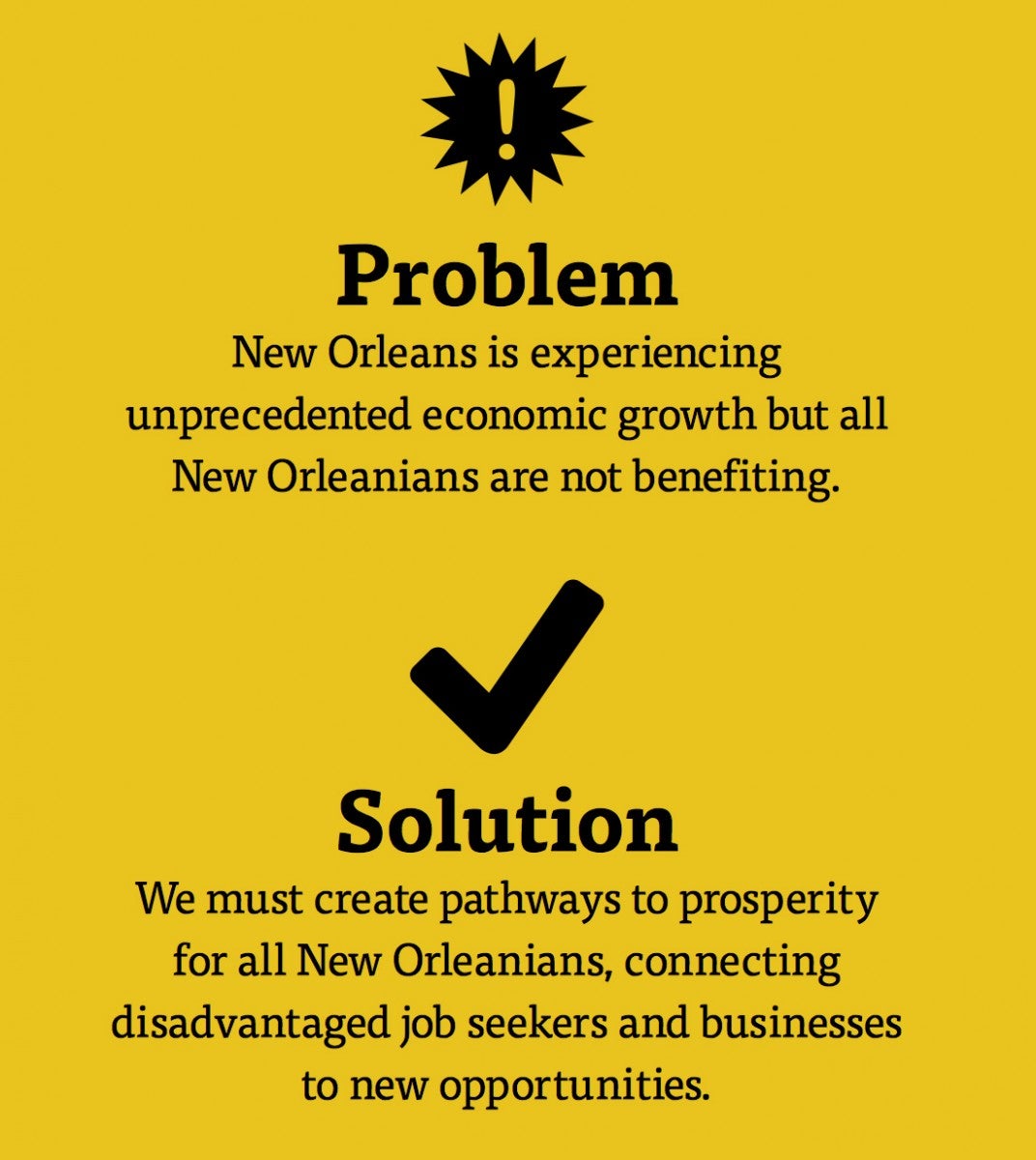Nearly 20 percent of African American households, 14 percent of Latino households, and 13 percent of Asian households live without a car
Often people think of transportation as just about getting from point A to point B. However, it has always been an issue of fairness, justice and equity. In the 1950s and 1960s, racial segregation of neighborhoods as well as public facilities like schools, buses and trains denied many Americans access to broader opportunities. Since then, we have made some gains, but when it comes to transportation, there’s still a long way to go. In 2014, many low-income people and people of color who are most in need of public transportation cannot benefit because the bus doesn’t stop in their neighborhood or because when newer transportation options did come, the neighborhood became unaffordable. Many end up spending two hours or more getting to a job, and they pay much more to get to it than do those making higher incomes.
Several other transportation trends paint a more complete picture of transportation inequity:
- Nearly 20 percent of African American households, 14 percent of Latino households, and 13 percent of Asian households live without a car, according to research from the Brookings Institution and UC Berkeley.
- Limited sidewalks, crosswalks, and minimal traffic enforcement create safety hazards for pedestrians, and these risks are particularly acute for communities of color. According to the National Complete Streets Coalition, African Americans, Hispanics, and Native Americans suffer much higher pedestrian fatality rates than do non-Hispanic whites.
- While transportation represents a significant sector of our workforce — one in 10 civilian jobs is transportation-related — women, communities of color, low-income people, and people with disabilities are not significant beneficiaries of the jobs and contracting opportunities in the industry.
The Transportation Equity Caucus is a collective of more than 100 advocacy organizations working to secure affordable, accessible, and available transportation across the country. They have identified four principles for a fair and equitable transportation system:
- Create affordable transportation options.
- Ensure fair access to quality jobs, workforce development, and contracting opportunities in the transportation industry.
- Promote healthy, safe, and inclusive communities.
- Invest equitably and focus on results.
To achieve the first principle — creating more affordable transportation options — communities work to provide solutions to reduce transportation expenses. In Seattle, leaders recognized that for low-income people, increasing transit fares created a hardship for many who depend on transit to get to work, school, and other key destinations. Beginning in March 2015, these riders will get relief via a new low-income fare program.
To ensure fair access to quality jobs and contracting opportunities, we must first address the reality that investments in transportation often yield good jobs in construction, maintenance, and operations, but those jobs have not always benefited the workers being left behind in the current economy. For example, in New Orleans, one in two African American men are unemployed. To respond to this challenge, the city has partnered with hospitals, universities, and the airport to develop a plan for leveraging transportation and infrastructure investments to put these workers on a pathway toward meaningful work.
The third principle — promoting healthy, safe, and inclusive communities — addresses the impact that new transit investment can have on the affordability of communities. Research has found that once new light rail and other transit comes to a neighborhood, rents and housing prices rise to a level that low- and moderate-income families cannot afford. To ensure that low-income communities and communities of color benefit from transit improvements, communities must establish strong affordable housing policies before new light rail, subways, or bus rapid transit is planned. Leaders in Denver took this approach when they established a fund to create and preserve 1,000 units of affordable housing near new light rail stations.
The fourth principle of investing equitably and focusing on results reminds us of the need to think carefully about where new roads, bus routes, light rail lines, and sidewalks are placed and who makes those decisions. Transportation planners in the suburbs of Dayton, Ohio and Minneapolis-St Paul, Minnesota initially refused to provide bus and subway stops along key routes traveled by residents of low-income communities of color who depend on transit. Eventually, local equity leaders with the backing of federal officials prevailed and the stops were provided. The Memphis region made headlines this year when it brought a bus rider onto its board of directors, which was a first-of-its-kind move for the regional transit agency. Hopefully, other transit systems will take a cue from Memphis and include the voices of disadvantaged communities. In an effort to place leaders from low-income communities of color into the pipeline for membership in key decision-making bodies, Oakland-based social justice advocacy organization Urban Habitat established the Boards and Commissions Leadership Institute. And they are working to replicate the effort in Sacramento and the Twin Cities.
Equity advocates around the nation are working to achieve the vision of affordable transportation options, better access to transportation jobs, sustainable communities, and accountable investments in transportation growth. Let’s be inspired by those local efforts to ensure that transportation is not a barrier but a bridge to opportunity for all.

